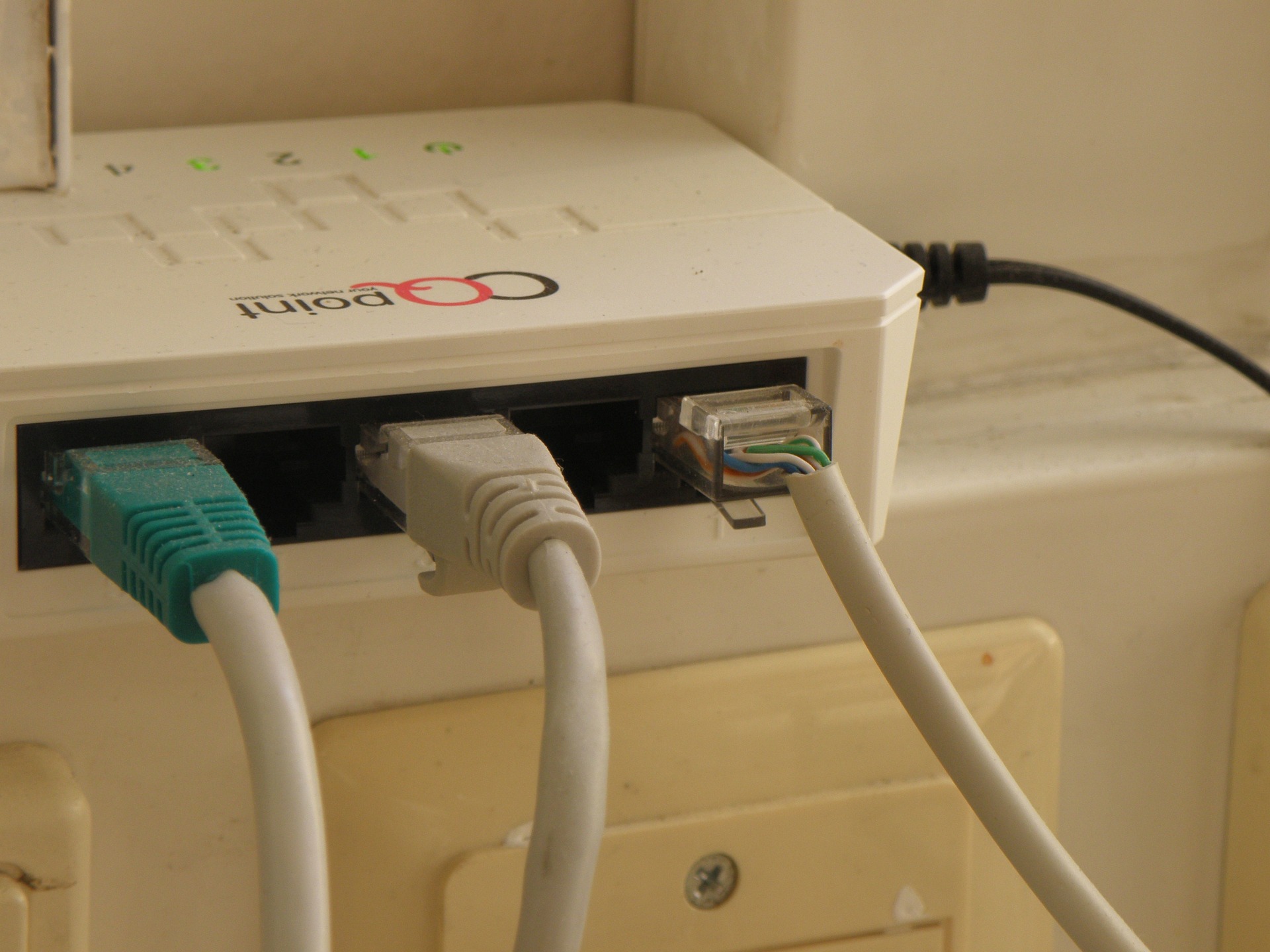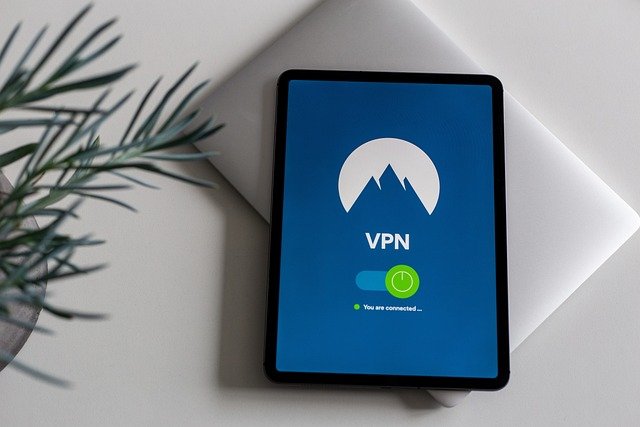Next-Generation Internet: Unveiling the Potential of Terahertz Communications
Introduction: Imagine a world where downloading a full-length movie takes a mere second, where real-time holographic communication becomes the norm, and where the Internet is virtually lag-free. Welcome to the potential world of Terahertz Communications.

Terahertz Communications: A Historical Perspective
The exploration of Terahertz (THz) frequencies, which lie between microwaves and infrared light on the electromagnetic spectrum, has been a scientific endeavor for well over a century. However, it wasn’t until the late 20th century that THz technology began to gain traction. This was largely due to advances in semiconductor technology and the realization of its potential for extremely high-speed data transmission. Nevertheless, the path to practical implementation has been riddled with challenges, primarily due to the high energy requirements and atmospheric absorption.
The Current State of Terahertz Communications
Despite the hurdles, recent research has made substantial strides in bringing THz communications closer to reality. For instance, researchers have achieved record-breaking data transmission speeds in laboratory settings using THz frequencies. Furthermore, regulatory bodies worldwide have begun to allocate spectrum for THz communications experimentation, reflecting the growing interest in this technology.
Impact of Terahertz Communications on Telecom Services
With the potential to offer transmission speeds surpassing even 5G, THz communications could revolutionize telecommunications. It could enable seamless real-time communication, robust IoT ecosystems, and ultra-high-definition multimedia content. However, the technology also poses significant challenges, such as the need for advanced modulation schemes and new antenna designs.
Practical Applications and Challenges Ahead
The application of THz communication extends beyond telecommunications. It’s seen as a promising technology for medical imaging, security screening, and environmental monitoring. Despite this, there are still significant hurdles to overcome, including the development of power-efficient THz emitters and receivers, and the need for robust error-correction schemes to counteract high signal loss.
The Future of Terahertz Communications
While there’s no denying the challenges, the prospects of THz communications are too significant to ignore. With ongoing research and development, and governments worldwide recognizing its potential, the day when THz communications become a reality may not be as far off as we think.
In conclusion, Terahertz Communications, with its promise of ultra-high-speed data transmission, could be the next gamechanger in the realm of telecommunications. As research and development progress, it would be fascinating to see how this technology evolves and reshapes our digital world.




